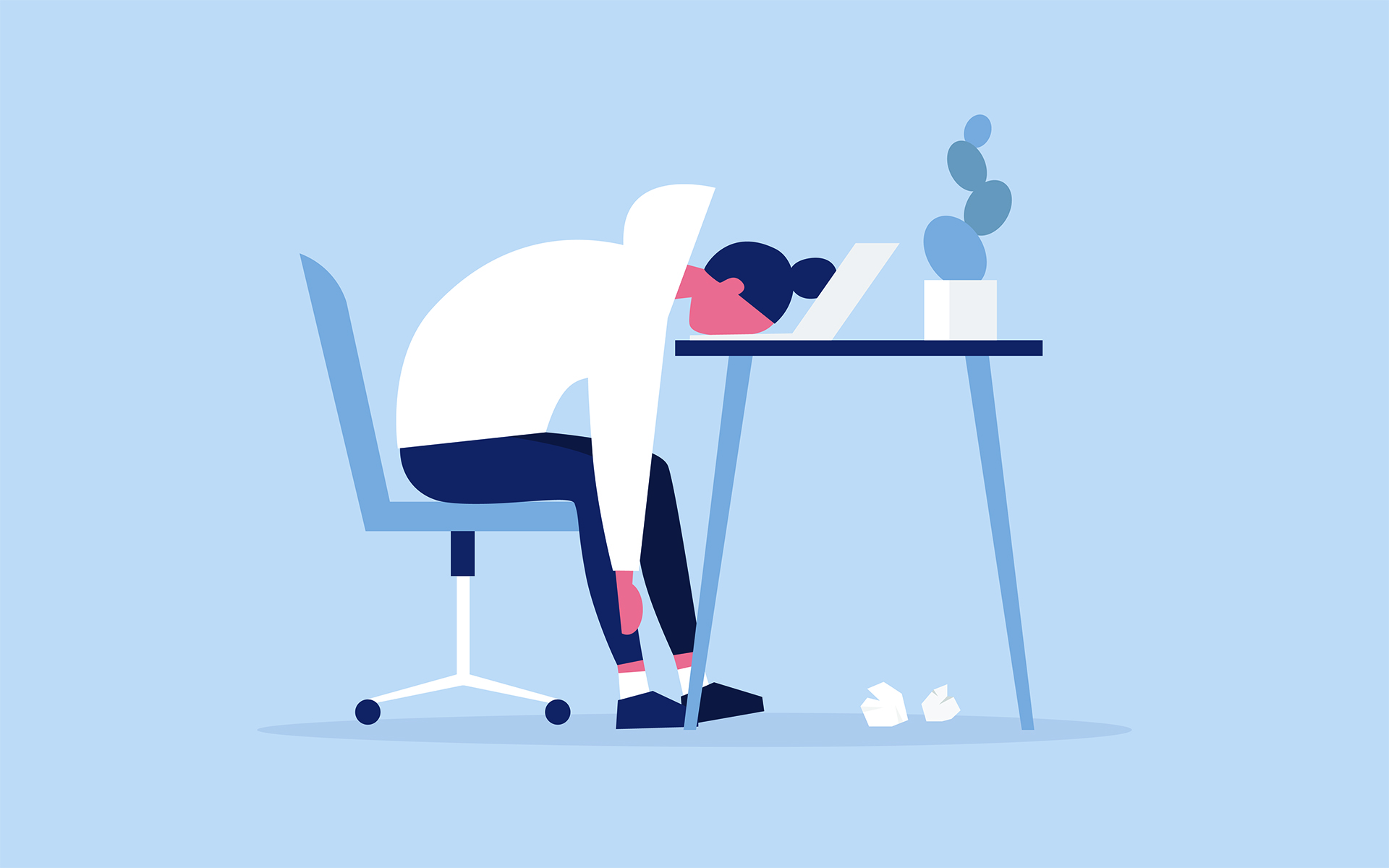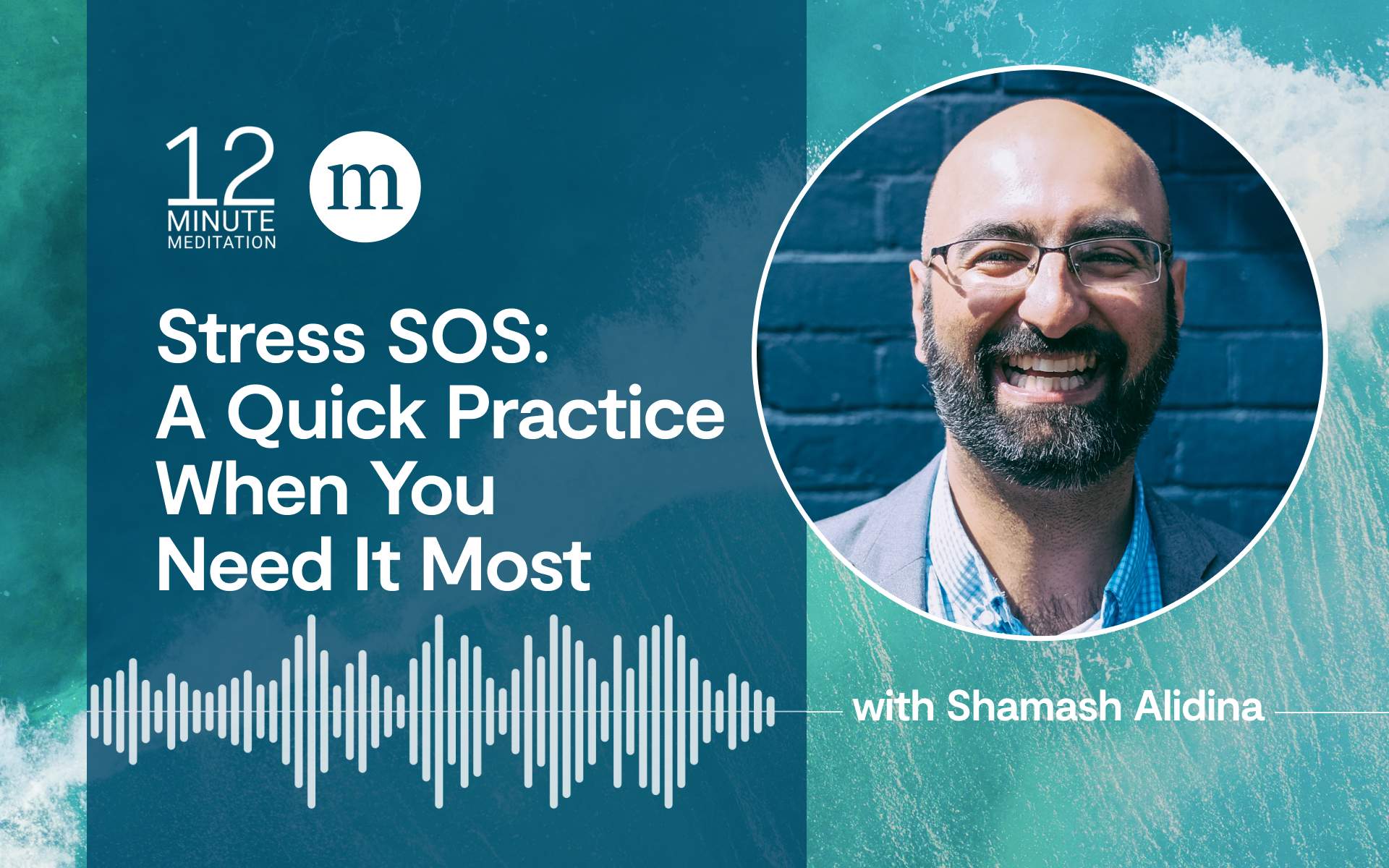I’ve been teaching mindfulness and compassion for about twenty years now, and I believe I thrive when I’m sitting with a group of people open to exploring this transformative practice. Friends and family have known me to “come alive” when I am teaching and I feel a familiar surge of excitement and animation when I have those opportunities. But the other day, a colleague invited me to co-teach a short compassion session online with her. I deeply appreciated the invitation but immediately declined because I just haven’t felt like a teacher since this virus invaded our lives. I’ve worked my tail off in other ways, but something had me holding back from teaching. I knew in my bones that I couldn’t do this, but that made me curious.
I’ve spent hours in Zoom meetings of various sorts the past couple weeks, connected with dear friends in China, Australia, England, Israel, Spain, Singapore, Canada, Switzerland and Croatia (to name just a few). I have felt joy arising to see the faces and hear the voices of people whose faces and voices I first encountered when we were breathing the same air, standing in the same physical space, each (in Dan Siegel’s term) “feeling felt” by the other. And so it was nice to be with them electronically in this age of social distancing and sheltering in place.
And that was it, it was nice.
I’ve been so busy lately that I thought perhaps I was just fatigued. But the more it happens, the more I realize that I end up feeling both connected but disconnected to these dear people. And I have heard multiple accounts of therapists doing tele-therapy and sharing how exhausted they feel after several sessions online.
Zoom Exhaustion Is Real
There is a different quality to our attention when we are online. We are hyper-focused on the few available visual cues that we normally gather from a full range of available body language. Or perhaps, we are totally distracted and checking email while we are supposed to be conversing or listening intently to a colleague’s detailed presentation. If we are with several people online at the same time, we are simultaneously processing visual cues from all of those people (and perhaps a handful of their pets and children too!) in a way we never have to do around a conference table. It is a stimulus-rich environment, but just like rich desserts, sometimes too rich is just too much.
If we are with several people online at the same time, we are simultaneously processing visual cues from all of those people in a way we never have to do around a conference table.
And when we start to be over-stimulated by extraneous data that we haven’t had to process in the physical world, each new data point pushes us just a little bit farther away from the human-to-human connection that we all crave and appreciate. Italian management professor Gianpiero Petriglieri recently tweeted “It’s easier being in each other’s presence, or in each other’s absence, than in the constant presence of each other’s absence.” So beautifully and eloquently perceptive!
The constant presence of my colleagues’ absence may have been underlying my disinclination to do what I love on this platform that has become a lifeline for so many of us. And so, the question arises for me: Is there some way to ease the burden of this “disconnected connection” and allow me to foster a better balance of connection between us?
Six Ways to Manage Zoom so we Can Find Balance and Connection
Here’s what I am going to try starting today (and suggest you consider) when my new reality resumes anew and I find myself on various calls with all manner of people looking to connect in various ways:
- Take a few moments before clicking “Start” to settle and ground your attention. Take a few breaths, feel your body on the chair, notice whatever is present in your mind and allow yourself to arrive fully to the moment at hand. If you’re feeling unsettled or preoccupied, you might place your hand on your heart in a supportive and comforting way as if to say “I’m here for you. It’s ok to feel how you feel at this moment.”
- Take the time to truly greet whoever is in the room with your full attention—offer your attention to each face that appears (if the group is not too big). Give yourself a moment for each person to make an impression on you, and “take in the good” as Rick Hanson would say. Give yourself an opportunity to feel what it feels like to be in the presence of another.
- Choose “speaker view.” In Zoom, one can choose Speaker View or Gallery View, and I think I prefer Speaker View so that the one person who is speaking has more of my attention and the others are more peripheral. This seems to be more like sitting around a conference table where we are aware of everyone there but we direct our attention primarily to whoever is speaking. Tracking an array of 24 (or more) faces on the screen can be a challenge!
- Resist the urge to multitask. I sheepishly have to admit that I am a multi-tasker on Zoom many times and have been known to read and fire off several emails while also sitting in a meeting. This has got to stop. Not because I need to hyper-focus on just what is happening in the meeting, but because I can’t be putting additional effort into attending to anything else. If anything, I need to let go of a bit of “efforting” and let my attention rest more lightly and lovingly on what (and who) is before me. I can periodically ease up my focus and look out the window behind my screen, or at the knick-knacks on the shelves in my office, or just soften my gaze to take in the array of faces on my screen (to see without looking) without having to analyze or scrutinize any of them.
- Try to take measured breaks between sessions. As a clinical psychologist, when I used to do psychotherapy, I was fairly good at enforcing a 50-minute hour. That gave me ten minutes to write notes, run to the restroom, get a drink of water and generally settle and decompress. Quite often my Zoom meetings run back to back and I find that sometimes my Zoom room becomes a kind of random encounter anteroom where people from various aspects of my personal and professional life bump into each other for a few moments on their way in and out of a meeting with me. Fun as these moments are sometimes, I need to take better care of my precious attention and energy, and take a refreshing pause. Why not give that a try yourself?
- And finally, remind yourself periodically that this is a new place between presence and absence that we will have to learn how to accommodate as we go forward into the uncertain future. It is both better than absence (imagine life in a pandemic without FaceTime, Zoom, Skype and the rest) and not quite as resonant as presence (do we know if mirror neurons still function over the internet like they do in person?). Let’s see if we can simultaneously refrain from high expectations without dismissing the clear benefits of online communication.
And let’s not forget those benefits. We can have important meetings while only dressed appropriately from the waist up. Our beloved pets can be perched lovingly in our laps while we review our colleague’s budget projections. If we are the host of the meeting we can “accidentally” mute or remove a colleague in a way that would never be socially appropriate in person. We can even feign a poor connection if the meeting is getting so deadly dull that we are in danger of nodding off and striking our heads on our keyboards.
But on a serious note, let’s not dismiss this amazing technology, but instead learn to find a way to assimilate it into a full spectrum of interpersonal experiences that our new lives include. Let’s be present to absence, without becoming absent to presence. It won’t be easy, but it will be worth it to develop this new capacity.
Read more
Busy Times, or Anytime: Nine Ways Mindfulness Reduces Stress
You’ve probably heard that mindfulness reduces stress levels. But how does it help? Shamash Alidina shares the research—plus, a meditation you can turn to anytime. Read More
Four Ways to Calm Your Mind in Stressful Times
Most of us are really good at activating our stress-response. But how do you wind down? Here are four research-backed ways to destress your mind and body. Read More
Six Ways to Take Back the Day
Gratitude—and mindfulness—is a very direct antidote to grumpiness. Try one of these practices right now. Read More
Free Mindfulness Resources to Find Calm and Nourish Resilience During the COVID Outbreak
Whether you’re looking for live guided meditations connecting you to others, a quick practice to help you find your ground, or a free course on how to meditate, here’s how the Mindful community is coming together to serve in the days and weeks ahead. Read More












